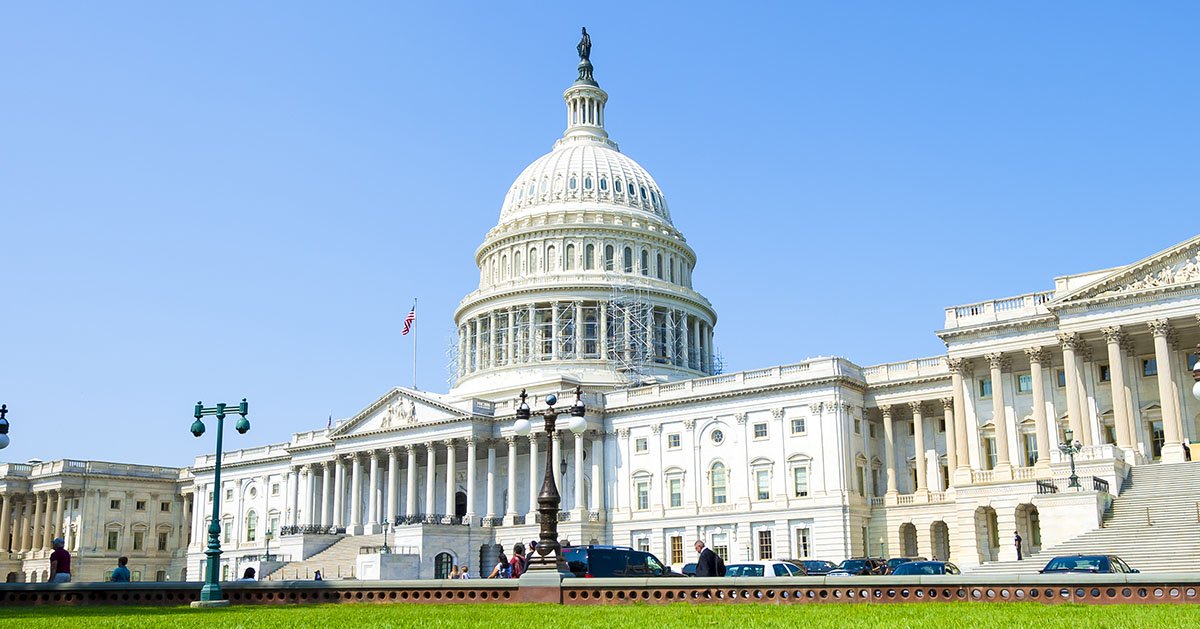




In a surprising move that has caught many off guard, Prince William and Kate Middleton have relocated their family from their Kensington Palace residence in London to the more modest Adelaide Cottage in Windsor.
The Mirror reported that Prince William and Kate Middleton's decision to move from the grandeur of Kensington Palace to Adelaide Cottage in Windsor underscores their commitment to offering their children a private and normal upbringing away from the public eye.
The Duke and Duchess of Cambridge, who are dedicated to raising their three children—Prince George, Princess Charlotte, and Prince Louis—in a grounded environment, decided to make this significant change in 2022.
Their choice of Adelaide Cottage as their new home reflects a desire to focus on parenting, often taking on responsibilities like school runs themselves.
Adelaide Cottage, located in Windsor, offers the Wales family a level of privacy and seclusion not achievable at the bustling Kensington Palace.
This move allows the children to enjoy a more typical childhood, far removed from the constant scrutiny associated with royal life. The cottage is tucked within Windsor Home Park, providing a serene environment where the family is not easily observed by the public.
The transition from a lavish palace to a four-bedroom cottage was also motivated by practical reasons. One notable aspect of Adelaide Cottage is the lack of accommodations for live-in staff, which means household help is present only during the day. This arrangement aligns with William and Kate's preferences for a more intimate, hands-on family experience.
Another compelling factor in their decision to move was the desire to be closer to the late Queen Elizabeth. By settling in Windsor, the family was nearer to her during her final years, allowing for more personal interaction and support. This location choice further underscores their commitment to family values over the allure of royal opulence.
Royal expert Duncan Larcombe highlighted this unexpected decision by the royal couple, noting the surprise it elicited.
He commented: "I think they surprised a lot of people when they moved there," emphasizing that there were numerous alternative residences available, yet Adelaide Cottage suited their vision of family life.
The couple's decision also challenges traditional expectations of royal living. By opting for a home without the sprawling capacity and extensive staffing of Kensington Palace, the Duke and Duchess prioritize accessibility and familial closeness. According to Larcombe, Prince William prefers having his children nearby, "in the rooms next door to where he's sleeping."
The move seems to be an overwhelmingly positive change for the family. Royal commentator Katie Nicholl noted their happiness with the transition, saying, "They are very, very happy there."
The layout and location of Adelaide Cottage, nestled in Windsor Home Park, offer the family uninterrupted privacy, which Nicholl describes as making the downsizing from Kensington Palace immensely worthwhile.
The story of their move also serves as a broader reflection on their values as modern royals. William and Kate's actions demonstrate a deliberate shift towards a life that is both regal and relatable. They appear intent on balancing royal duties with the intention to raise their children away from the pressures and formality of their public roles.
The choice of Adelaide Cottage is emblematic of their personal priorities, favoring a family-oriented lifestyle over traditional royal norms. This decision sets a precedent for how royalty can live more closely aligned with contemporary societal values.
The relocation not only allows the Wales family to maintain a closer bond through day-to-day interactions but also positions them as relatable figures within the royal family.
This approach might inspire future generations of royals to embrace similar values, bridging the gap between royal expectations and the everyday lives of their subjects.
In this light, Prince William and Kate Middleton's decision to reside at Adelaide Cottage is both a personal and symbolic gesture. It marks a commitment to family life and modernity, potentially reshaping public perceptions of the monarchy.
As they continue to balance their responsibilities as working royals with the needs of their family, their experiences could serve as an example for others in similar positions. The move could inspire a more down-to-earth and genuine engagement with the public, providing a fresh perspective on the role of a royal family in the 21st century.



